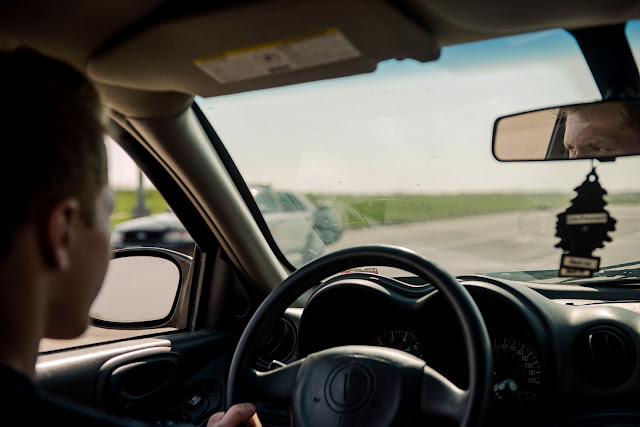This is the type of project I want to work on in the future, this kind of story is the reason I got into documentary photography. I want to find real people, get unlimited access to their lives, and tell their stories. This project is exactly that. Travis is a real person. He is a high schooler, a teenager, a man, a skater, a stoner, and I wanted my pictures to show this. He lives the life of the reckless 18-year-old that everyone knows. He lives above it all, beyond the law, parents, teachers, no one is stopping him. Such characters should not go unnoticed.
The trouble with a story like this is that it is never finished. The subject's live continues to evolve, their world continues to turn. So, where do you stop? When do you stop shooting if there is always more to shoot? Sure, I can go out a couple of times, gather the necessary pictures to tell the average 8-10 picture story, but there's always more. I could always improve the story, I could keep shooting and probably make hundreds of relevant pictures that only add to the complex life of this kid. No matter how mundane their lives may seem, everyone has so many small details, and so many facets to every aspect of their life that 8-10 pictures really don't do them justice, but no one wants to look at 150 pictures in a single photo story, right?
I'll keep shooting until I leave Columbia and see what I get. Until then, here's the final edit I turned in for Rita. Thanks to Brian Kratzer for giving the story visual direction, and thanks to all those who looked through my stack of tiny black and white prints and helped me narrow the story down to these nine frames.
Also, for a more trendy, horizontal scrolling, linear version of this edit, click here.
Also, for a more trendy, horizontal scrolling, linear version of this edit, click here.






















































